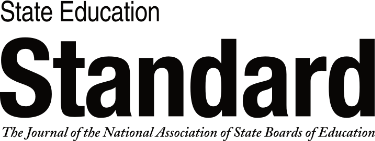When COVID-19 forced a set of extraordinary challenges upon the U.S. education system in March 2020, risk and uncertainty were constant. Many stakeholders sought to weigh in on the endless choices confronting school leaders, including the teachers who would implement those decisions. In speaking with teachers union and association leaders across the country, we found that, more often than not, they described collaborative relationships with district leaders. What we learned highlights critical practices sustaining these relationships, and we believe state leaders have the power to both model and encourage many such practices in school governance.
Our analysis suggests that relations between district leaders and teacher membership organizations need not be contentious and adversarial. Rather, under the right circumstances, these relationships can incorporate conflict and negotiation alongside collaboration and mutual respect in a way that can strengthen decision making and policy implementation.
The Role of Teachers Unions in School Governance during COVID-19
Also In this Issue
Effective State Education Governance
By Arnold F. ShoberNo one model is clearly superior, but relationships, talent, and shared loyalty are marks of governance systems that get things done.
Roadmap to Excellence: Strategic Planning for State Boards
By Abigail Potts and Paolo DeMariaSavvy boards can increase the odds their plans will live, breathe, and have measurable impact.
State Takeovers: No Silver Bullet for School District Improvement
By Beth SchuelerOn average, takeover fails to improve achievement measures, but how it is done matters a lot.
Harnessing the Power of Evidence-Based Policymaking
By Heather Boughton and Sara KerrState boards should lean into education data and work to overcome challenges to doing so.
State Boards and the Governance of Early Childhood Education
By Elliot RegensteinAs states seek to bring coherence to the disparate systems that have a hand in early education and care, state boards have key roles to play.
The Role of Teachers Unions in School Governance during COVID-19
By Sara Dahill-Brown and Lesley LaveryWhile relationships with school leaders were contentious in places, many districts benefited from collaborative ones.









 i
i
 i
i